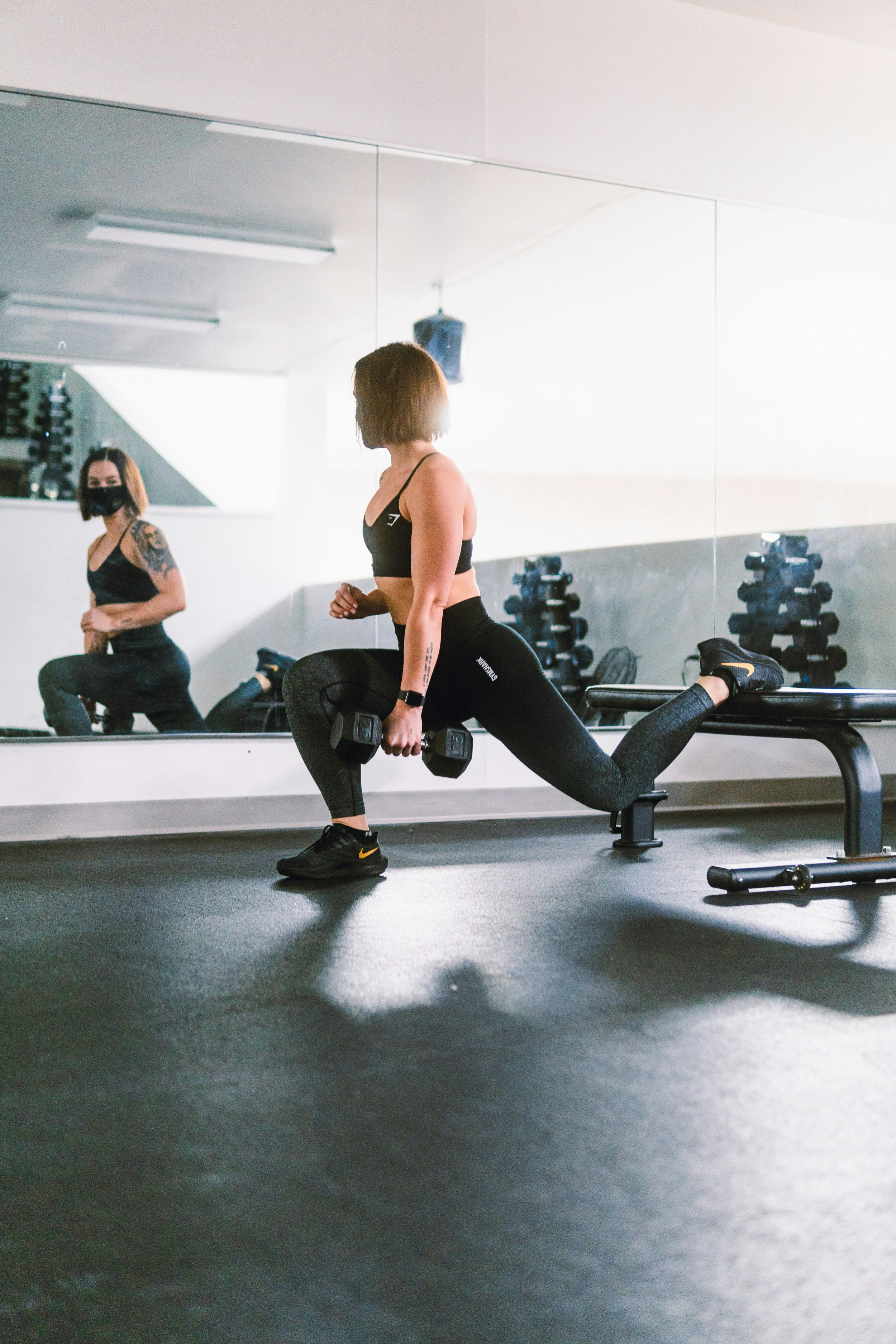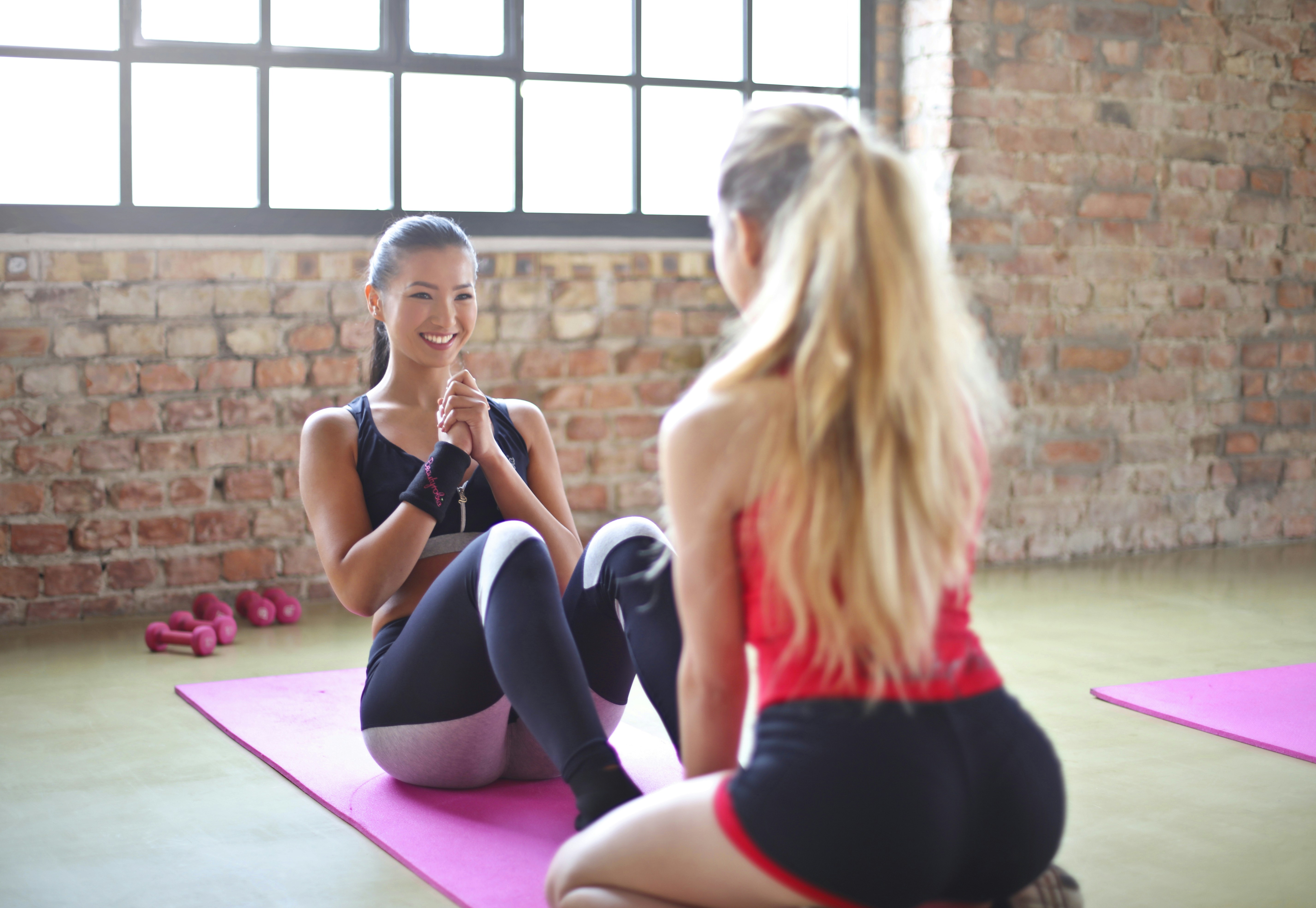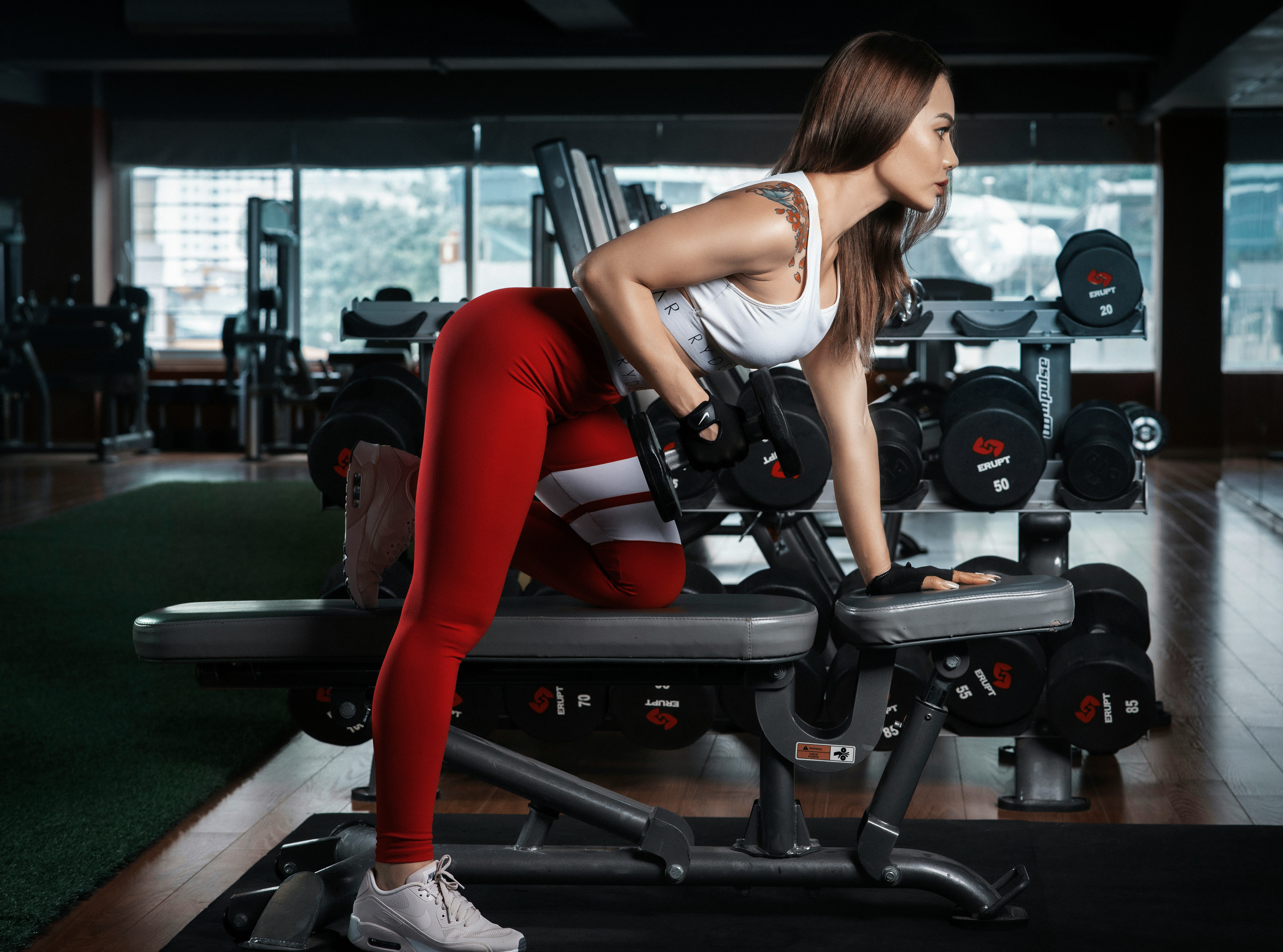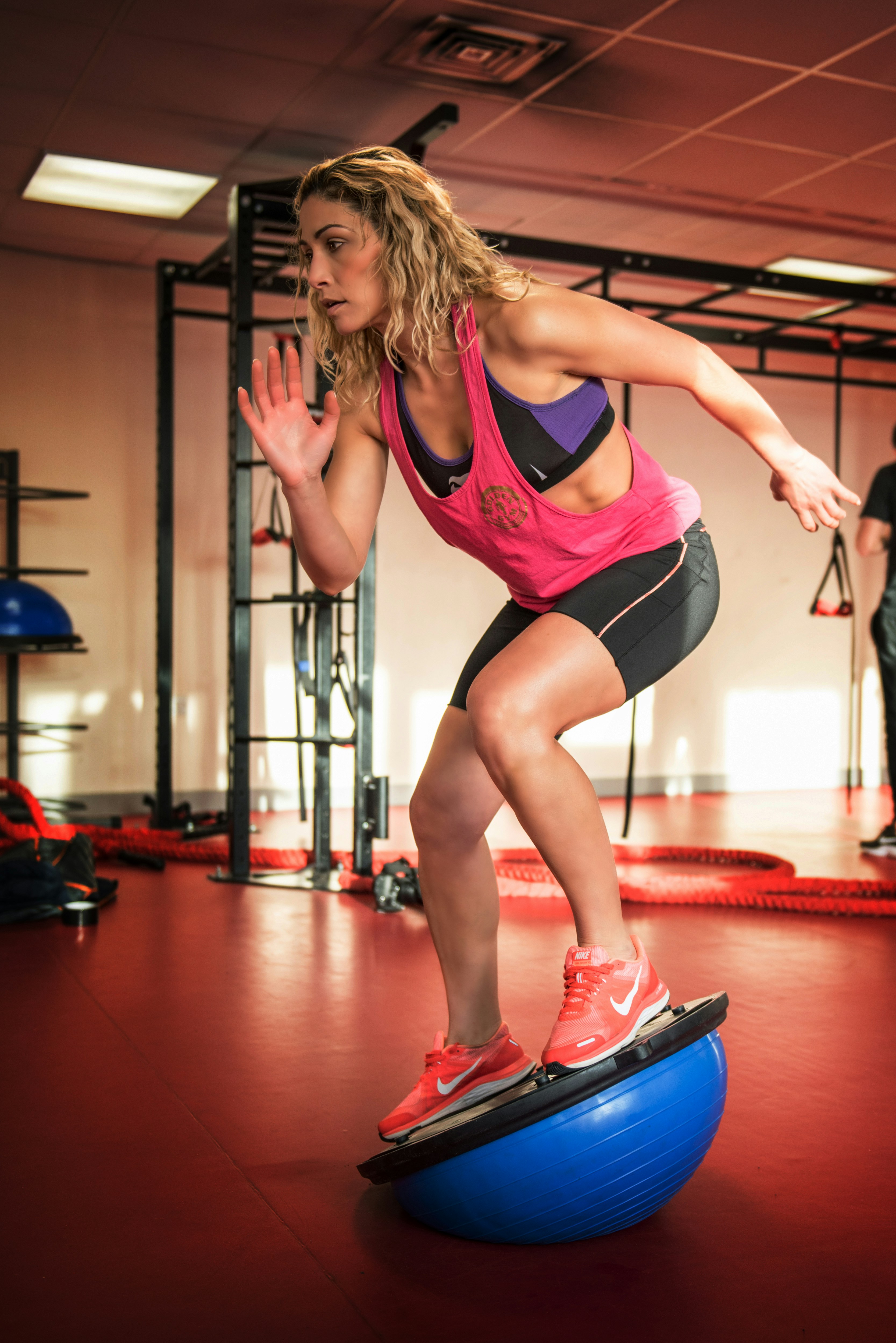Summer Fitness Tips: Heat Protection, Hydration, and Dietary Recommendations

Summer Fitness Tips: Heat Protection, Hydration, and Dietary Recommendations
"Summer bodies are made in the winter, but they’re maintained in the heat." – Unknown
Introduction
As the temperature rises during the summer months, it’s important to adjust your fitness routine to accommodate the unique challenges that the heat brings. While exercising outdoors can be refreshing and invigorating, there are certain precautions you need to take to ensure your workouts are safe and effective. Proper hydration, temperature management, and smart dietary choices play critical roles in keeping you healthy and performing your best.
In this article, we’ll explore essential summer fitness tips , focusing on preventing overheating, staying hydrated, and making appropriate dietary choices to fuel your body during intense summer workouts. Whether you’re hitting the gym, going for a run, or enjoying outdoor activities, these tips will help you stay on track without compromising your health.
1. Understanding the Risks of Exercising in Heat
Heat Exhaustion and Heatstroke
Exercising in the heat can put you at risk for heat-related illnesses such as heat exhaustion and heatstroke . These conditions occur when your body is unable to regulate its temperature, leading to overheating. Symptoms of heat exhaustion include:
- Heavy sweating
- Weakness
- Dizziness or lightheadedness
- Nausea
- Headache
- Muscle cramps
Heatstroke is more severe and can be life-threatening. Symptoms include:
- A body temperature higher than 103°F (39.4°C)
- Confusion, agitation, or loss of consciousness
- Hot, dry skin (no sweating)
- Rapid pulse and breathing
It's essential to understand these risks and take proactive steps to protect yourself during summer workouts.
2. How to Prevent Overheating During Summer Workouts
Workout Timing
The best way to avoid the extreme heat is to schedule your workouts early in the morning or later in the evening, when the sun isn’t as intense. Aim to exercise during the cooler parts of the day (before 10 AM or after 6 PM). This will reduce your exposure to the sun’s peak heat and minimize your risk of overheating.
Wear Appropriate Clothing
Choosing the right workout clothes is crucial in hot weather. Opt for light-colored , loose-fitting , and moisture-wicking clothing to allow your body to breathe and sweat freely. Fabrics such as polyester , nylon , and spandex are excellent for keeping you dry, while cotton tends to absorb sweat, making you feel hotter.
Hats and sunglasses are also beneficial for protecting your face from direct sunlight. Additionally, wearing UV-protective clothing or using sunscreen on exposed areas can prevent skin damage.
Take Breaks
When exercising in the summer heat, it’s important to take frequent breaks, especially during intense activities. Aim for a brief rest every 15-20 minutes, allowing your body to cool down. Consider seeking shade during these breaks and using a cooling towel or portable fan to aid in reducing your body temperature.
3. Hydration: The Key to Summer Fitness
Why Hydration Matters
During hot weather, your body loses fluids more rapidly through sweat, which can lead to dehydration if not replenished. Dehydration can impair your physical performance, cause fatigue, dizziness, and increase the risk of heat-related illnesses. Proper hydration ensures that your body maintains its core temperature and functions optimally during exercise.
How Much Water Should You Drink?
The general recommendation for daily water intake is around 2.7 liters for women and 3.7 liters for men, but this can increase depending on your activity level and environmental conditions. For summer workouts, aim to drink 500-700 ml of water 2 hours before exercising and another 200-300 ml every 15-20 minutes during your workout.
After your workout, rehydrate with water and consider adding an electrolyte replacement drink if you’ve been sweating heavily. Electrolytes (sodium, potassium, magnesium, etc.) help replenish minerals lost through sweat, preventing cramps and restoring balance in your body.
Signs of Dehydration
Dehydration can occur more quickly in hot weather, so it's important to recognize the early signs:
- Dry mouth or skin
- Dark-colored urine
- Dizziness or lightheadedness
- Fatigue
- Cramping
If you notice these signs, stop exercising immediately, hydrate, and seek a cooler environment.
4. Dietary Recommendations for Summer Fitness
What you eat during the summer months can directly impact your workout performance, energy levels, and recovery. Focus on fueling your body with the right nutrients to maintain optimal health.
Pre-Workout Nutrition
Eating the right foods before your workout can help improve performance and prevent muscle breakdown. Complex carbohydrates (like oats, whole grains, and sweet potatoes) provide a steady source of energy, while lean protein (such as chicken, turkey, or tofu) helps repair and build muscles. Consider having a balanced meal 1-2 hours before your workout.
Post-Workout Nutrition
After a summer workout, it's essential to restore energy and aid recovery. A post-workout meal that contains both protein and carbohydrates is ideal for muscle recovery and glycogen replenishment. Some great options include:
- A protein smoothie with fruits and a scoop of protein powder
- Grilled chicken with brown rice and steamed vegetables
- A vegetarian wrap with hummus , quinoa , and veggies
Hydrating post-workout is equally crucial, so make sure to drink enough fluids after exercise.
Foods to Focus On During Hot Weather
Summer heat can make you feel less hungry, but it’s important to maintain a well-balanced diet. Here are some foods to focus on:
- Watermelon : Packed with water and electrolytes, this hydrating fruit helps replenish lost fluids.
- Cucumbers : Hydrating and low in calories, cucumbers are perfect for summer snacking.
- Berries : Rich in antioxidants, berries help reduce inflammation caused by intense exercise.
- Leafy Greens : Foods like spinach and kale are nutrient-dense, offering vitamins and minerals essential for muscle function and recovery.
- Nuts and Seeds : Rich in healthy fats and protein, nuts and seeds can help keep you satisfied and energized.
Avoid Heavy, Rich Foods
While indulging in rich, greasy foods might be tempting during summer barbecues, they can slow down digestion and make you feel sluggish. Stick to lighter meals that are easy to digest, such as salads, grilled proteins, and fresh fruits and vegetables.
5. Cool Down and Recovery Tips
Cooling down after a workout is just as important as the workout itself. This helps lower your heart rate gradually and relaxes your muscles. Stretching, light walking, or using a foam roller are great ways to facilitate muscle recovery and reduce tightness.
Additionally, a cold shower or ice bath can help lower your body temperature after a particularly intense workout in the heat, aiding in faster recovery.
Conclusion
Summer workouts come with their own set of challenges, but with the right preparation, you can stay safe, hydrated, and fueled for success. Protect yourself from the heat by adjusting your workout schedule, wearing the right gear, and taking breaks when necessary. Hydration is key—drink water before, during, and after your workouts to stay energized and perform at your best. Additionally, fuel your body with nutrient-dense foods to support your energy needs and recovery.
By following these summer fitness tips, you can ensure that you’re making the most of your workouts while prioritizing your health. Stay cool, stay hydrated, and enjoy your fitness journey all summer long!
References
- Casa, D. J., et al. (2000). National Athletic Trainers' Association Position Statement: Exertional Heat Illnesses . Journal of Athletic Training.
- Sawka, M. N., et al. (2007). Human Water Needs and Fluid Balance: A Critical Review . Journal of Applied Physiology.
- Armstrong, L. E. (2007). Hydration and Physical Performance . Journal of the American College of Nutrition.




